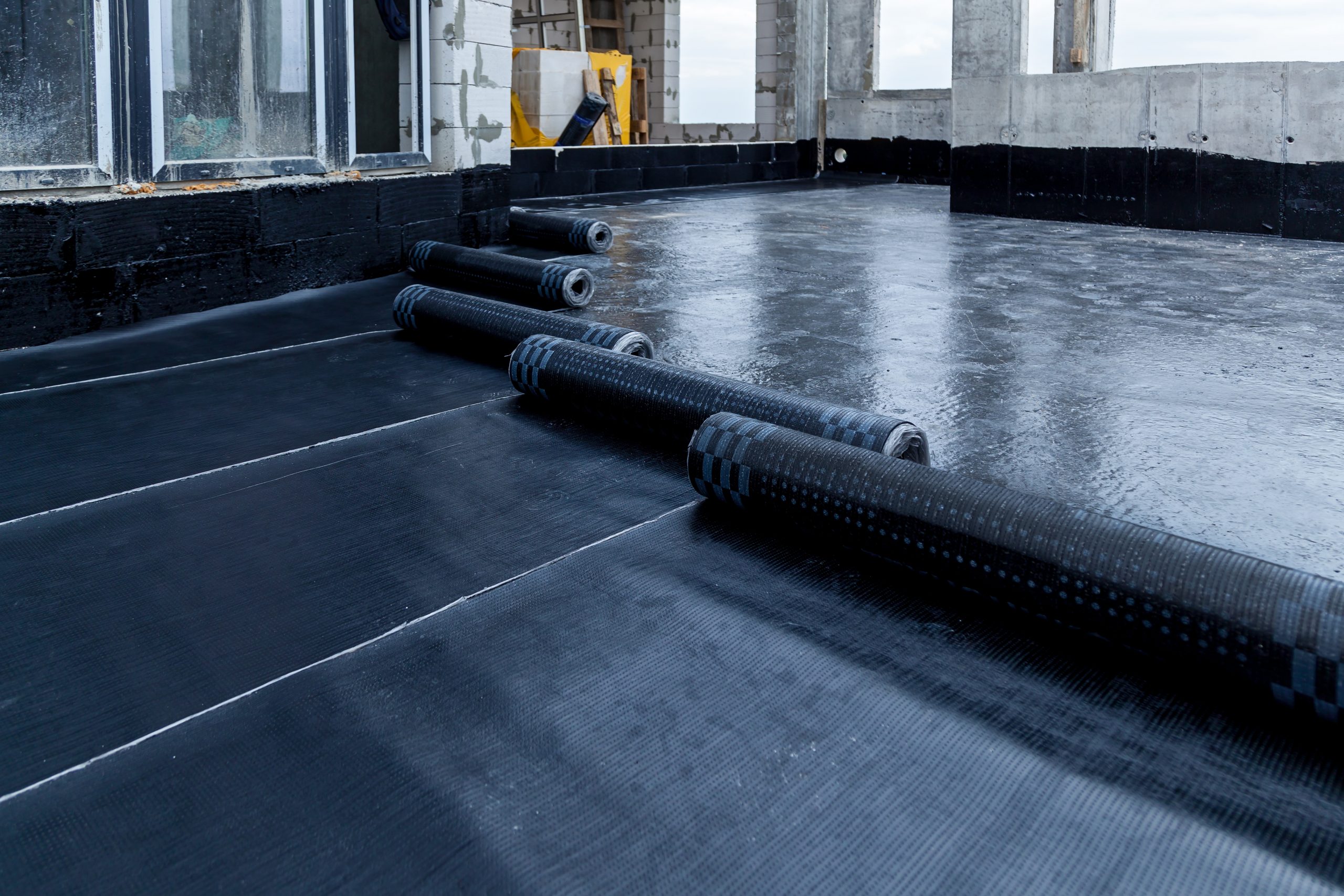Heritage houses are often valued for their distinctive design features and rich histories, but they additionally come with distinct challenges, especially when it comes to moisture control. As these homes age, their elements and structures can be susceptible to moisture damage, leading to expensive maintenance and potential health risks such as fungus and dampness. Understanding the significance of waterproofing is crucial not only for preserving the beauty and integrity of these heritage treasures but also for protecting the capital that property owners have made.
In this write-up, we will investigate the various waterproofing challenges faced by old properties and dig into strategies to lessen water damage. From spotting indicators that your home may need waterproofing to evaluating the advantages and disadvantages of do-it-yourself approaches versus expert services, we seek to provide insightful information for property owners. By discussing the specific issues related to moisture control in historic homes, we hope to encourage you to make proactive decisions in protecting your property from the weather.
The Importance of Waterproofing Historic Homes
Waterproofing is crucial for older residences to preserve their historical accuracy and prevent moisture-related issues. These properties often have unique features, such as traditional elements and skilled artistry, which can be affected by water infiltration. Moisture can deteriorate the foundation, lead to mildew, and cause lasting destruction to interior surfaces, basements, and top structures. Effective waterproofing guarantees that these beloved residences remain safe and livable while preserving their historical value.
Neglecting waterproofing in heritage properties can lead to substantial expenditures down the line. When water seeps into walls or foundations, it can create a cascade of complications, including decay and peeling paint. Over time, these trivial problems can escalate, leading to major interventions or even the loss of original elements. By utilizing proper waterproofing techniques, homeowners can avert serious issues and protect thousands in restoration costs, ensuring their homes stand the test of time.
In addition to protection from moisture issues, waterproofing can enhance the overall energy efficiency of heritage residences. By closing gaps and preventing water penetration, homeowners can maintain a stable indoor environment, lowering dependence on climate control. This not only leads to a more comfortable living environment but also is in harmony with sustainable practices, making historic homes durable and sustainable.
Frequent Damp-proofing Issues for Historic Structures
Historic structures often face specific waterproofing challenges that require cautious consideration and expertise. One notable issue is the presence of obsolete materials and construction techniques that may not meet contemporary waterproofing standards. Many historic homes were built using absorbent materials such as stone, which can absorb moisture and allow water infiltration. Achieving effective waterproofing in these cases often involves customized methods adapted to preserve the building's integrity while enhancing its resistance to water damage.
Another challenge is associated to sinking and movement that older buildings experience over time. Foundation issues, such as fissures and gaps, can develop, compromising the building's waterproofing solutions. These vulnerabilities can lead to water seeping into cellars, resulting in mold growth and structural damage. Addressing these issues requires a blend of proper foundation repair techniques and effective waterproofing measures to create a robust barrier against moisture.
Furthermore, the aesthetic preservation of historic homes complicates the waterproofing process. Homeowners often wish to maintain the original appearance of their properties, which can limit the types of waterproofing solutions that can be applied. Balancing the need for effective waterproofing with the desire to preserve historic features requires skilled professionals who understand both the technical aspects of waterproofing and the historical significance of the building. This challenge makes it crucial for homeowners to carefully choose waterproofing methods that align with their preservation goals.
Valuable Solutions for Protecting Heritage Homes
Preserving historic homes requires a thoughtful approach to waterproofing that honors their architectural integrity. Specialized materials and methods should be used to ensure that the original features are not damaged during the waterproofing procedure. For instance, breathable membranes can be employed to let moisture trapped within the walls to vent, stopping damage while keeping the home waterproofed. This method avoids the build-up of moisture that can lead to mold and architectural issues without trapping vapor inside the walls.
In furthermore to breathable membranes, traditional masonry techniques can play a critical role in waterproofing historic structures. Lime-based mortars and plasters are perfect for older homes as they provide resilience and breathability that modern materials often fail to deliver. These materials can help to remove moisture away from the structure while preserving the aesthetic qualities that define historic architecture. This approach not only defends the building from water damage but also preserves its historical character.
Another efficient strategy for stopping water damage in historic homes is to focus on proper drainage and landscaping. Ensuring that https://hoff-castaneda-2.federatedjournals.com/ways-to-choose-the-appropriate-water-resistant-materials and downspouts are working effectively can direct water away from the foundation, while landscaping features like swales and rain gardens can more manage water runoff. By integrating these methods with appropriate waterproofing techniques, homeowners can considerably enhance the resilience of historic properties against water damage, ensuring their preservation for future generations.

